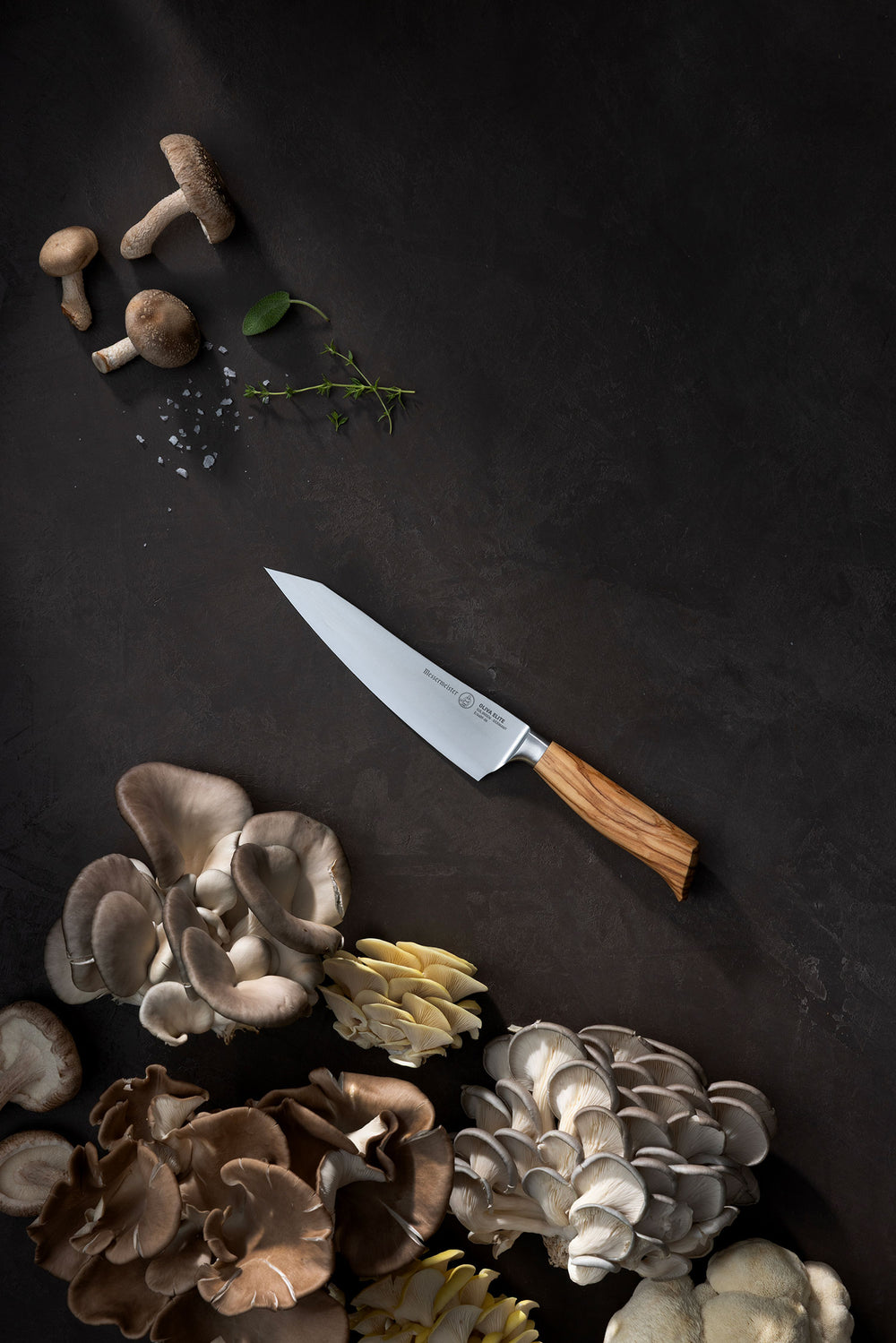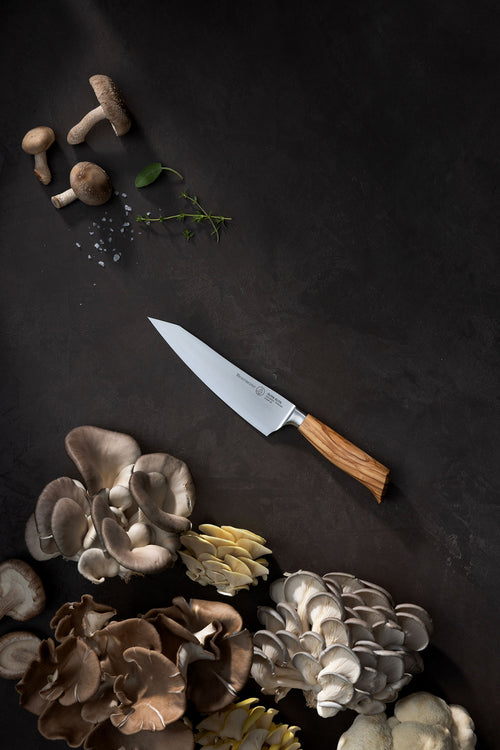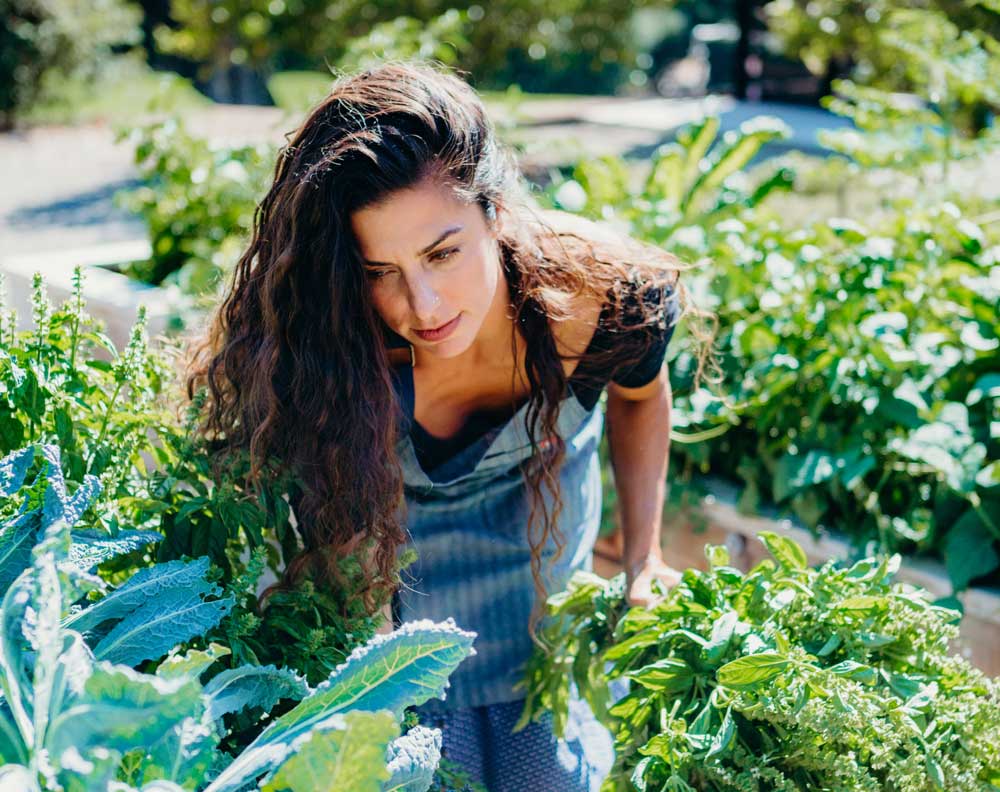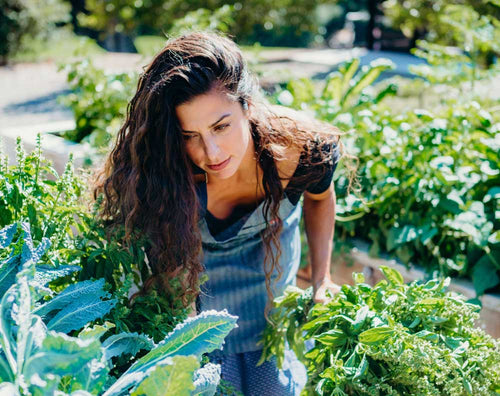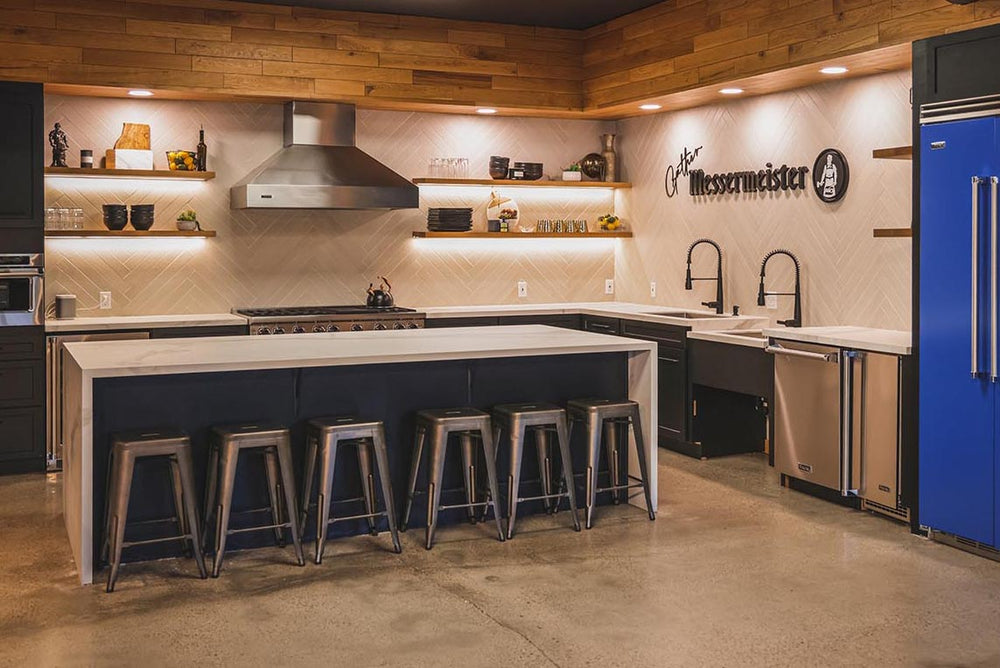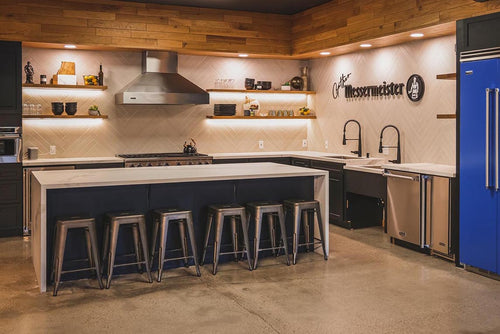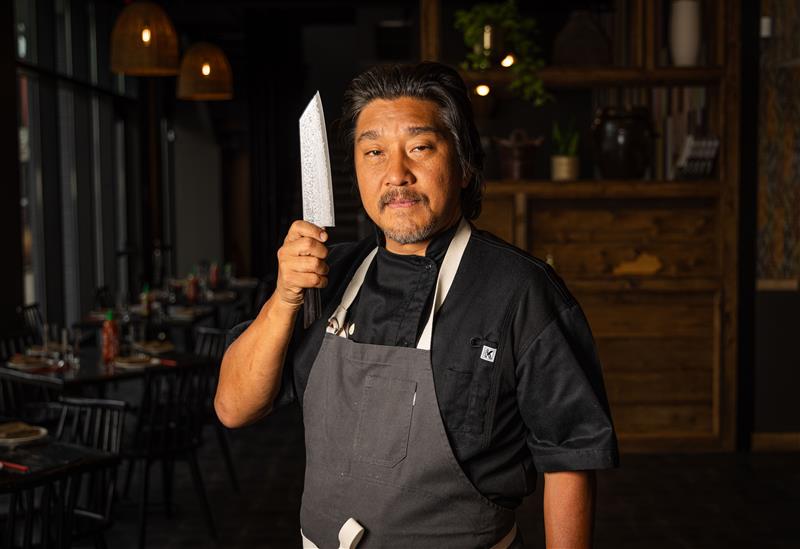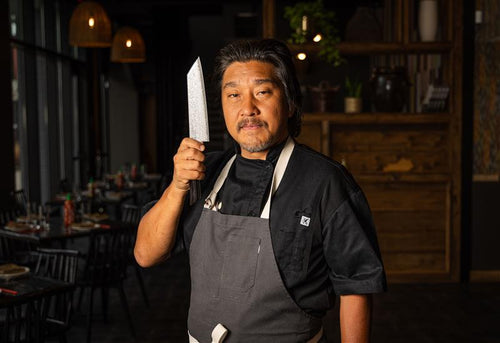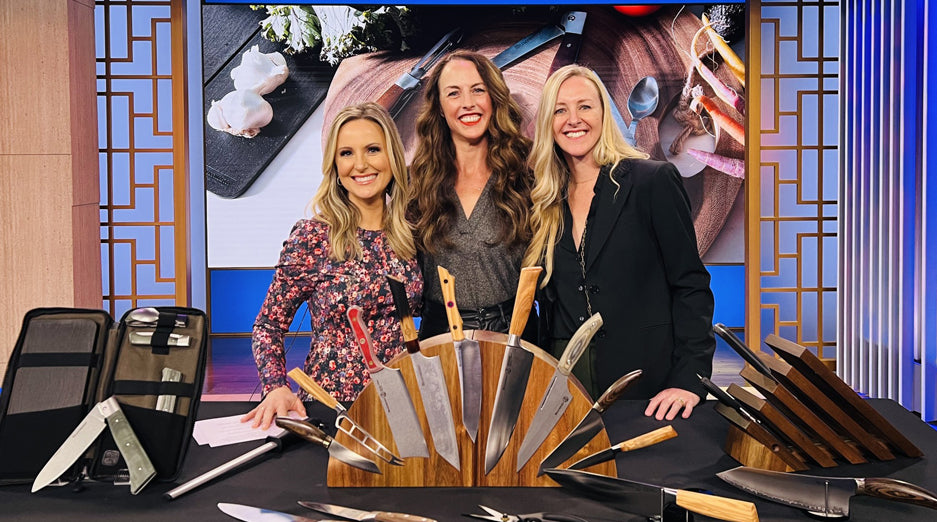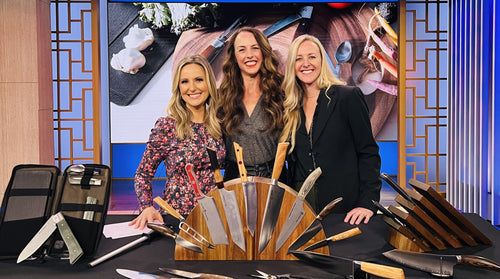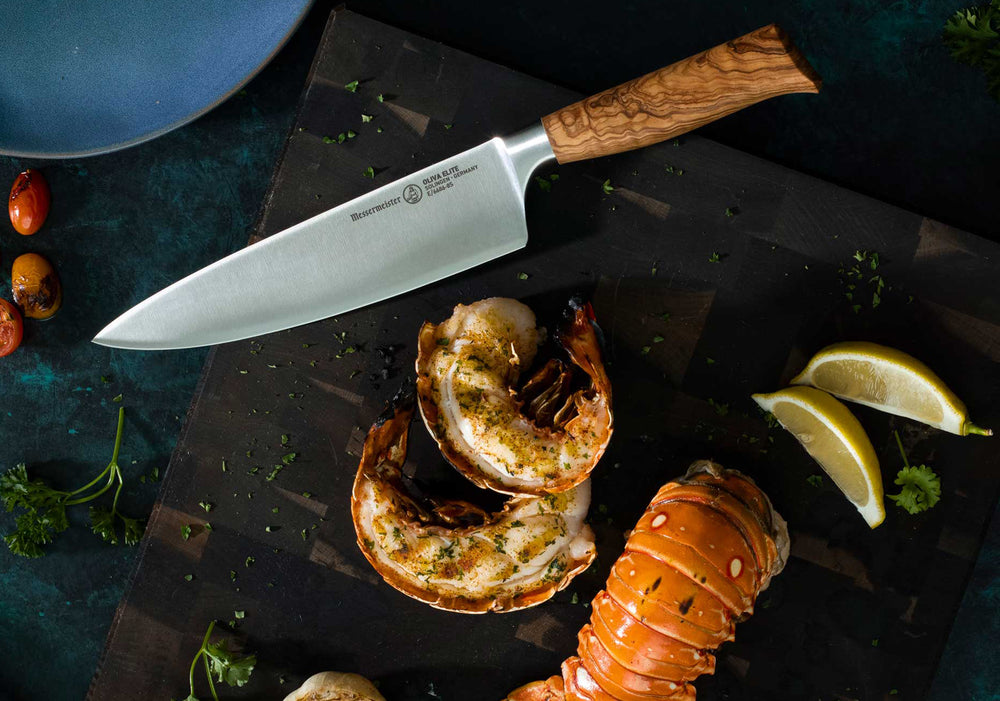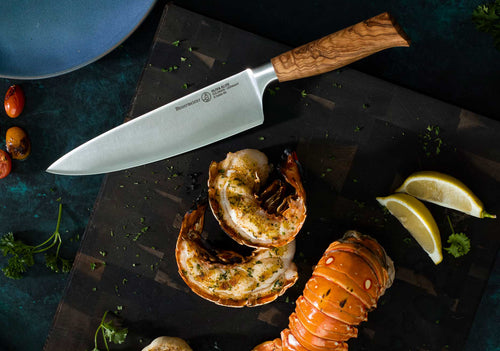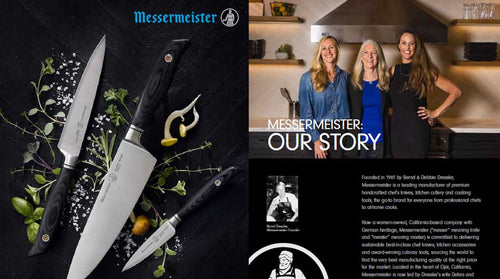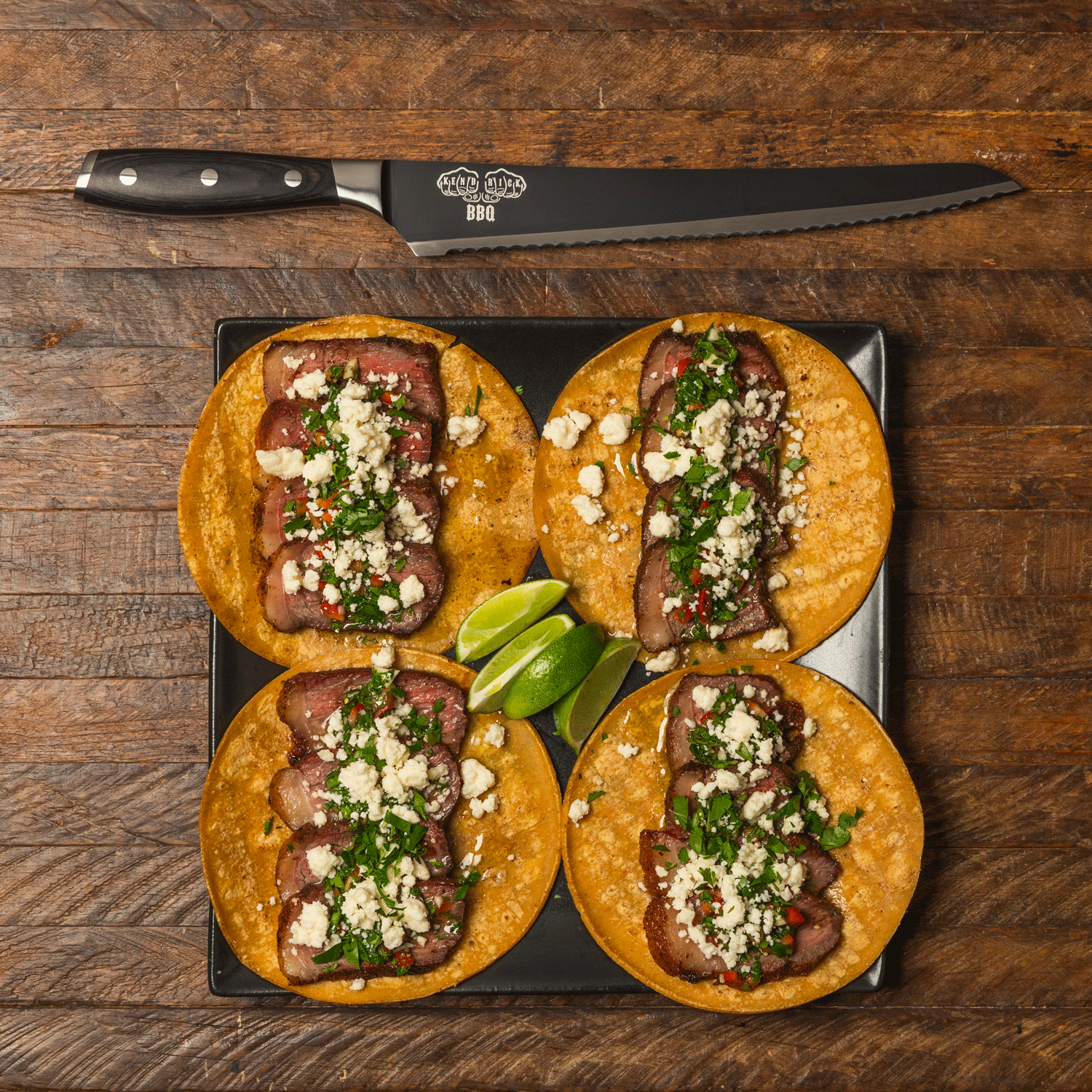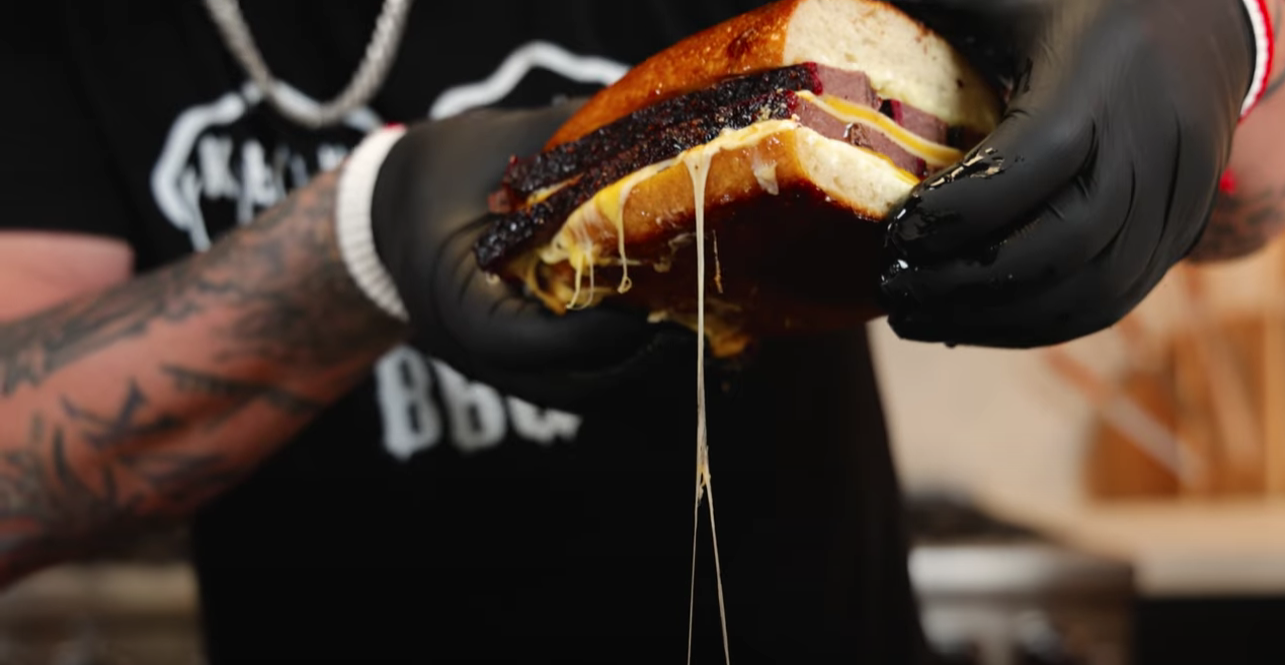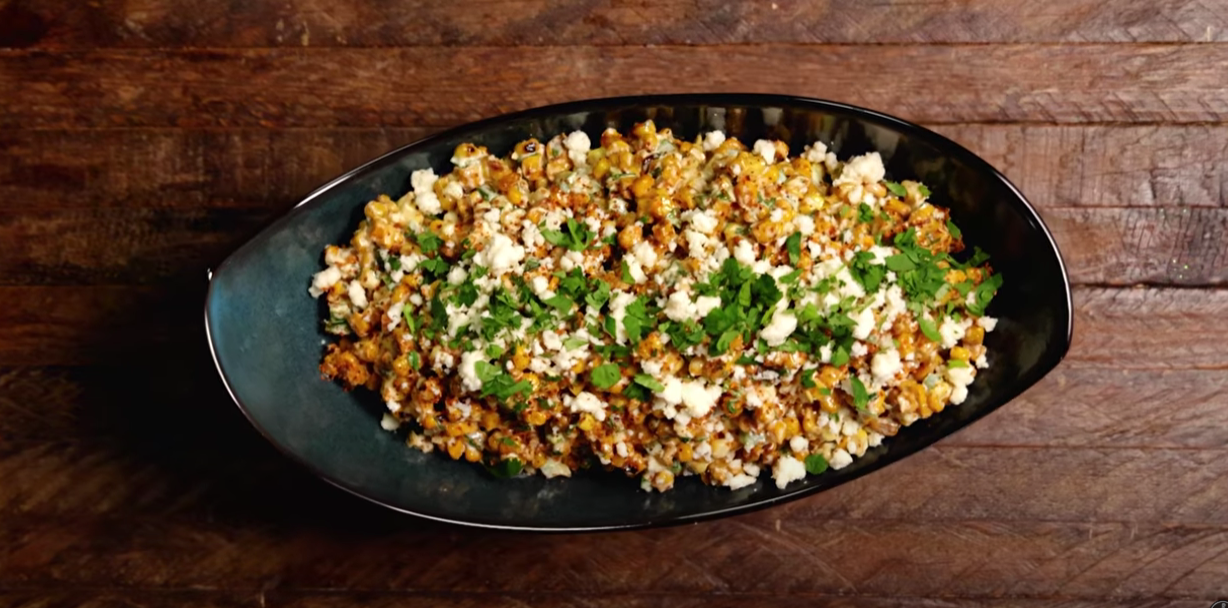Chef Jessica Monty
Honey Baked Ham
INGREDIENTS
- Fully Cooked Ham
- Whole cloves (for studding the ham)
- ½ cup pomegranate molasses
- 2 tbsp honey
- 2 tbsp mustard (Dijon or whole grain recommended)
- 1 apple
- 1 Lemon
- sage
- microgreens
DIRECTIONS
- Preheat your oven to 325°F
- Take your fully cooked ham and gently poke whole cloves into the surface at regular intervals.
- In a bowl, mix together: pomegranate molasses, honey, mustard and stir until well combined
- Brush a generous first layer of glaze over the ham
- Bake for 1 hour, reapplying the glaze every 10–15 minutes to build up a beautiful caramelized coating
- In a bowl, squeeze the juice from 1 lemon into some water to make acidulated water.
- Thinly slice the apple and place the slices in the lemon water to prevent browning.
- Once baked, carve the ham and place it on a serving platter.
- Garnish with: Fresh sage leaves, microgreens of your choice, apple slices arranged around the ham
- Drizzle any remaining glaze over the top for a beautiful finish
KNIFE UTILIZED
This carving set is ideal for both home cooks and professional chefs seeking precision and quality in their kitchen tools. The combination of the Kullens edge, high-quality materials, and ergonomic design makes it a reliable choice for carving meats with ease and accuracy.
Clean, Even Slices: A carving knife—especially one with a Granton or Kullens edge—is long, narrow, and razor-sharp, allowing you to slice thin, uniform pieces of ham in one smooth motion without tearing the meat, making it perfect for presentation, sandwiches, or buffet settings.
Less Sticking, Less Tearing: The Kullens/Granton edge creates air pockets between the blade and meat, so the ham won’t stick to the knife. That means less tearing, especially on glazed or juicy hams.
Greater Control and Safety: A carving fork holds the ham steady while you slice. It keeps your hands away from the blade and helps you guide the knife through thick cuts.
Reduces Waste: Clean, consistent slicing ensures you're getting the most meat off the bone. No hacking or sawing, which can leave behind ragged, wasted edges.
Professional Appearance: If you're hosting or serving at an event, carving with the right set looks elegant and intentional. Perfect for holidays, dinner parties, or catering.
ALL ABOUT HONEY BAKED HAMS
Honey baked hams have become a holiday tradition in many households primarily due to a mix of historical, cultural, and practical reasons:
Preservation & Availability: Ham is cured (preserved with salt or smoke), which historically made it ideal for storage through winter months when fresh meat was harder to come by. By the holidays (Thanksgiving, Christmas, Easter), hams that were cured in the fall were ready to eat, making them a natural centerpiece.
Taste & Festivity: The sweet glaze (often honey, brown sugar, and spices) paired with the salty, smoky flavor of the ham creates a rich and festive taste. It’s seen as a celebratory food: flavorful, filling, and something a bit special compared to everyday meals.
Ease of Serving: Spiral-sliced hams (like those from Honey Baked Ham Co.) are precooked and easy to serve cold or warm. This makes them perfect for large gatherings — low prep, high reward.
Marketing & Tradition: The Honey Baked Ham Company, founded in 1957, heavily promoted ham as a holiday tradition, and their signature spiral-cut, glazed ham became widely popular. Over time, this branding helped cement honey baked ham as a "holiday staple" in American culture.
Religious/Cultural Traditions: For Christmas, especially in Christian households, ham is often chosen over turkey or beef due to cultural norms and symbolic abundance. It contrasts with lamb (used more in Easter or Jewish/Passover meals) and is often avoided in Muslim and Jewish households due to religious dietary laws.
